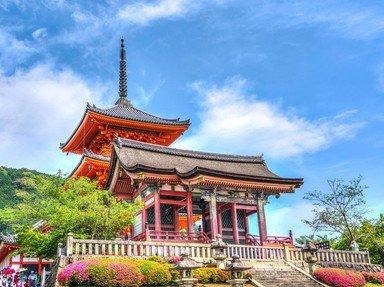Quiz Answer Key and Fun Facts
1. A contemporary, domeless mosque in Islamabad
2. Citadel first constructed in 11th century in Lahore
3. Heritage structure and museum designed as a blooming flower in Islamabad
4. Red sandstone Mughal mosque built in 1673 in Lahore
5. Terraced UNESCO World Heritage site built in mid 1600s in Lahore
6. Ruins of a 3rd millennium B.C.E. Indus city in Sindh province
7. Citadel with forty bastions in the Cholistan Desert
8. Ruins of multiple settlement sites and a Mesolithic cave in the Punjab province
9. Two square miles of intricately-carved sandstone structures near Karachi
10. Ruins of a 1st century C.E. Buddhist monastery in Khyber-Pakhtunkhwa province
Source: Author
PDAZ
This quiz was reviewed by FunTrivia editor
stedman before going online.
Any errors found in FunTrivia content are routinely corrected through our feedback system.


